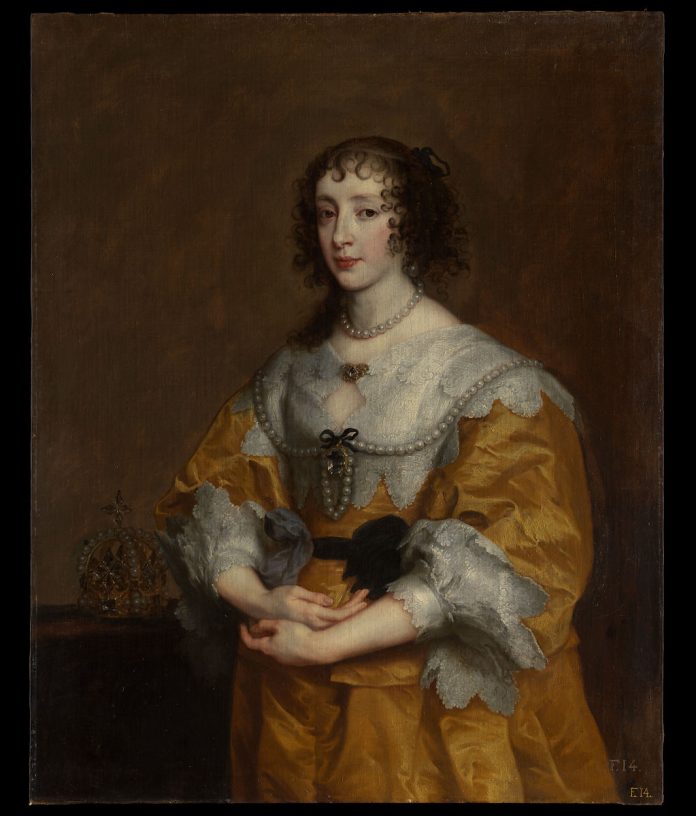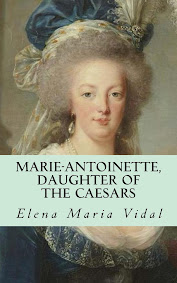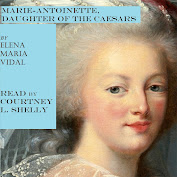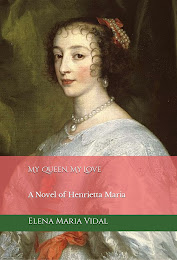"But of this one thing be not ignorant, my beloved, that one day with the Lord is as a thousand years, and a thousand years as one day." 2 Peter 3:8
"But of that day and hour no one knoweth, not the angels of heaven, but the Father alone." Matthew 24:26
After I shared some reflections about the famous “Prophecy of St Malachy” sixteen years ago (see The Prophecies of St. Malachy, Part 1 and Part 2) a reader sent me a book entitled La Mystérieuse prophétie des papes by Fr. René Thibaut, S.J. (Namur: Bibliothèque de la Faculté de philosophie et lettres,1951, Imprimatur: June 28, 1945, Et. Jos. Carton de Wiart) Fr. Thibaut (1883-1952) was a Belgian Jesuit and scholar who made a study of the list of popes attributed to St. Malachy. Fr. Thibaut’s research reveals that there is a great deal more to the Prophecy than I had ever imagined. It is a penetrating treatise which, because of the author’s vast knowledge of Church history and Sacred Scripture, both informs and inspires. The middle of the book is devoted to charts tracing the date of Easter over the years, and the leap years, as well as various ciphers, anagrams and acrostics with which, as Fr. Thibaut demonstrates, the list of Popes is imbued. Fr. Thibaut’s analysis becomes complex at that point although he explains his conclusions with clarity.
Fr. Thibaut maintains that the Prophecy of the Popes is a genuine prophecy. However, the identity of the actual prophet remains unclear. The author of the Prophecy is probably not St Malachy but someone who wrote under the name of the great Irish saint in order to honor him. (p.7) Fr. Thibaut insists that the Prophecy is not meant to worry or disturb but to reassure the faithful about the Providence of God during even the most difficult of times. It is a sort of litany which celebrates the glory and triumph of the universal Church throughout the ages under the leadership of the Roman pontiffs. (p.24) It was a mistake for people of the past (and present) to use the list of popes in order to predict who the next pope would be, for that was never the intention of the original author. (p.20) Neither is it meant to herald the imminent end of the world, because "of that day and hour no one knoweth, not the angels of heaven, but the Father alone." (Matthew 24:36)
According to Fr. Thibaut, the papal legate Nicholas Sanders (1530-1581) may have brought a primitive document containing the Prophecy to Rome during the reign of St. Pius V. Sanders spent a great deal of time in Ireland, which continued to be Catholic in spite of Elizabeth I. Sanders wrote De visibili Monarchia Ecclesiae in which he states that the reigns of the popes are the best “measure of time.” (pp. 23-24) Fr. Thibaut believes that the Prophecy, eventually made public by Wion in 1595, has qualities which indicate an older document of Celtic origin, namely due to the word play and the use of numbers in the various anagrams and acrostics. (p.92) Reading Fr. Thibaut’s explanation of the complex patterns of words and numbers embedded in the list reminds me of the intricacy of the Celtic knot work designs in the Book of Kells and other Irish illuminated manuscripts, albeit the intricacy is in numbers and letters rather than designs.
Of the 111 titles describing all the popes and anti-popes from 1143 to the present, Fr. Thibaut says that while the first 71 titles have been subjected to the tampering of a forger, the last 40, which cover the years 1572 to 2012, are untouched. The year of 2012 is repeatedly emphasized as coinciding with the last Pope on the list, called the “Glory of the Olive.” [Pope Benedict XVI] Fr. Thibaut demonstrates the calculation of the year 2012 on a series of charts. The last 40 popes of the genuine part of the prophecy span four centuries with an average of eleven years per reign, and so he calculates 440 years from 1572. 1572 +440 =2012. (pp. 22-23) Fr. Thibaut shows how the year 2012 keeps appearing in other calculations as well. He also insists that it will only be in the year 2012 that it will become clear whether his interpretation of The Prophecy is correct or not. (p.101)
Fr. Thibaut says that 2012 signifies the end of an era in the history of the Church, recalling how other eras have come and gone. The destruction of Jerusalem in A.D. 70 marked the close of an era, as did the fall of Rome in the fifth century. The fifteenth century saw the end of medieval Christianity with the Reformation. (p.22) The Revolutions of the eighteenth and nineteenth centuries as well as the World Wars of the twentieth century were events which manifested the judgment of God as well as signaling changes for the Church and the world. (pp. 88, 92, 96)Throughout such stages, the Church has been guided by the successors of St. Peter. (p. 22)
Speaking of St. Peter, the list concludes with the following phrase: "In the final persecution of the Holy Roman Church there will reign Peter the Roman, who will feed his flock amid many tribulations, after which the seven-hilled city will be destroyed and the dreadful Judge will judge the people.” Fr. Thibaut explains how “Peter the Roman” does not signify a future pope calling himself “Pope Peter II” but rather Petrus Romanus symbolizes all the Roman pontiffs since St. Peter, for the Church has continually undergone persecution of some kind. (p.25) The destruction of Rome will not necessarily follow immediately after the end of the era in 2012, but may come at a later date. (p.21) Nevertheless, Fr. Thibaut surmises that it is not unthinkable that at some point in the future the Popes may change their residence and govern the Church from somewhere other than the city of Rome. (p.22)
The final pope on the list is given the title Gloriae olivae, “The Glory of the Olive.” Fr. Thibaut says that the olive represents the people of God whom His judgment will glorify. (p.97) Once again, Fr. Thibaut insists that the Prophecy is genuine since so often in the last 400 years the titles have accurately described a pope and his reign, too many times for it to be pure chance. This is discussed in great detail and perhaps will be the topic of a future blog post. (To do full justice to such an exhaustive work is beyond the scope of one or two blog articles.) Fr. Thibaut ends by saying: L'année 2012 dira si, oui ou non, le prophête a vu clair. (p.101) That remains to be seen.
Fr. Thibaut's analysis of the titles given to the various popes is worth
reflecting upon since so much of the history of the Church is captured
therein. The last forty titles of the prophecy attributed to St.
Malachy, which escaped the tampering of Renaissance forgers,
are carefully scrutinized. Fr. Thibaut discerns that among the complex
patterns woven into the Prophecy are thirteen couplets or binaries, as seen on p. 85:
77. Crux Romulea, Aquila rapax 97. Clement VIII, Pie VII.
78.Undosus vir, Peregrinus apostolicus 96. Leon XI, Pie VI.
79. Gens perversa, Ursus velox 95. Paul V, Clement XIV.
80. In tribulatione pacis, Rosa Umbriae 94. Gregoire XV, Clement XIII.
81. Lilium et rosa, Canis et coluber 98. Urbain VIII, Leon XII.
82. Jucunditas crucis, Lumen in caelo 102. Innocent X, Leon XIII.
83. Montium custos, Crux de cruce 101. Alexandre VII, Pie IX.
84. Sidus olorum, De balneis Etruriae 100. Clement IX, Gregoire XVI.
85. De flumine magno, Vir religiosus 99. Clement X, Pie VIII.
86.Bellua insatiabilis, Animal rurale 93. Innocent XI, Benoit XIV.
87· Paenitentia gloriosa, Columna excelsa 92. Alexandre VIII, Clement XII.
88. Rastrum in porta, Miles in bello 91. Innocent X II, Benoit XIII.
89. Flores circumdati, De bona religione 90. Clement XI, Innocent XIII.
I will share Fr. Thibaut's explanations of some of the binaries and how they connect with historical events. Crux Romulea (
Clement VIII, 1592-1605) and
Aquila rapax (
Pius VII,
1800-1823) signify the confrontation between two Romes, of Christian
Rome symbolized by the Cross with pagan Rome symbolized by the Eagle.
Under Clement VIII the Protestant advance was halted while under Pius
VII Napoleon, "the rapacious eagle," tried to make Europe and the Church
his own in a new Roman Empire. (p.86)
The titles
Lilium et rosa (
Urban VIII,
1623-1644)) embraces the latter period of the counter Reformation of
seventeenth century. (p.86) The "Lily and the Rose" symbolize the
virtues of purity and chastity preached and lived by such extraordinary
saints as St. Francis de Sales, St. Vincent de Paul, St. Jeanne de
Chantal, and St. Louise de Marillac, as well as the religious orders
founded at the time, such as the Visitation, the Daughters of Charity,
the Lazarists, the Eudists, the Oratorians, and the Sulpicians. (p.87)
Canis et coluber (
Leo XII,
1823-1829)) or the "Dog and the Serpent" signifies the age of
Revolution, of the liberalism which encouraged unrestrained license
(p.87) and the class hatred and envy that would eventually give rise to
socialism.
Bellua insatiabilis (
Innocent XI, 1676-1689) or "Insatiable Beast" represents Louis XIV whom
Innocent excommunicated. In his insistence on controlling the Church in France, Louis emulated Philip le
Bel,
as well as becoming a precursor of Napoleon, the "Rapacious Eagle."
Gallicanism opened the way for the overt paganism of the reign of Louis
XV, manifested in art, in literature and in lifestyles.
Animal rurale (
Benedict XIV, 1740-1758) symbolizes the preoccupation with
naturalism
that characterized the era, being that in prophetic language the words
"animal" and "rural" symbolize paganism. (p.88) Such elements opened the
way to the Revolution.
Towards the end of the list, Fr. Thibaut
explores the individual meaning of the titles in chronological order,
often in strophes of three. I will mention those I found especially
compelling.
Rosa Umbriae
is Clement XIII, reigning from 1758 to 1769. In 1765 Pope Clement
authorized the feast of the Sacred Heart; the "Rose" symbolizes the
feast of love. (p. 90)
There follows a triptych of popes, numbers 95, 96 and 97 which are
Ursus velox (
Clement XIV, 1769-1774),
Peregrinus apostolicus (
Pius VI, 1775-1799) and
Aquila rapax (
Pius VII,
1800-1823). Clement XIV's reign saw the prelude to the Revolution,
ideas and forces which swept Europe like a "charging bear" during the
years which also saw the suppression of the Jesuit order. The Jesuits
were among the few who had the ability to debate and confound the new
ideas put forward by the
philosophes; the order was disbanded at the moment it was most needed.
As an anagram "
PeregrInUS aPostolIcUS"
or "Apostolic pilgrim" signifies both Pius VI and VII who were forced
into exile. Fr. Thibaut says that the repetition of the name "Pius" is a
refrain. "Pius! Pius!" is similar to the sailors' cry of "Land! Land!"
upon catching sight of a distant shore. (p.91) The difference between
the two popes is that Pius VI had to contend with the Revolution, and
Pius VII with the
Aquila rapax, Napoleon Bonaparte, as has been said before.
Another triptych of popes includes
Crux de cruce (Blessed
Pius IX, 1846-1878),
Lumen in caelo (
Leo XIII, 1878-1903), and
Ignis Ardens (
St. Pius X,
1903-1914) There is an exhaustive analysis of the mysterious
connections between the three popes and the historical circumstances
which they each faced which would take five blog posts to explain. For
one thing, they each received at baptism a name of one of the three
saints closest to the Blessed Mother: John, Joachim, and Joseph. (p.95)
The "Cross from the Cross" refers to the persecution of the papacy at
the hands of the House of Savoy, whose coat-of-arms bore a cross. On a
deeper level, it signifies Christ Crucified, with Mary the Coredemptrix
at the foot of the cross. "Cross from the Cross" is an echo of "flesh of
my flesh" of Genesis 2:23, when Eve was brought forth. The new Eve,
Mary Immaculate, received the privilege of her Immaculate Conception,
defined by Blessed Pius IX in 1854, because of the future merits of her
Son. (p.94) "The Light in the Sky" of Leo XIII is an allusion the the
Eternal Father who dwells in light inaccessible. (1 Tim. 6:16). It also
alludes to Apocalypse 12: 1: "And a great sign appeared in the sky."
(p.94) The
encyclicals of Leo XIII
challenged the modern world as it grew closer to the cataclysms of the
twentieth century. "The Ardent Fire" of St. Pius X signifies t
he
persecution of the Church (p. 93), about to be intensified in many
places, and already in full force in France, where many religious
communities were expelled.
Next Fr. Thibaut analyzes the three popes who faced the upheavals of the early twentieth century,
Religio Depopulata (
Benedict XV, 1914-1922),
Fides Intrepida (
Pius XI, 1922-1939), and
Pastor Angelicus (
Pius XII,
1939-1958). "Religion Depopulated" refers to the World War I which Fr.
Thibaut says was the natural effect of the great apostasy of the
European nations. The apostasy, however, was not universal, and the
"Intrepid Faith" of Pius XI symbolizes the martyrs in Spain and Mexico
at the time. (p.96) The fall of Russia into Communism and the resultant
persecution of believers needs also to be remembered. "The Angelic
Shepherd" was Pius XII, who would lead the sheep through many
catastrophes, namely World War II and the spread of Communism.
Pius
XII was still reigning when Fr. Thibaut published his book, so his
historical insights end with that pope, although he guesses at what the
future would hold. He surmises that
Pastor et nauta, the "Pastor and Mariner" whom we know as
John XXIII
(1958-1963), signifies that the Church's mission to the world would
come into into stormy seas. (p.97) Fr. Thibaut predicted that the
persecution of the Church by the world would be redoubled during that
reign. He saw
Flos florum, "The Flower of Flowers" of
Paul VI as a consoling symbol (p.97)
Others have connected the lilies of purity with Humane Vitae.
De medietate lunae "Of the half moon" is (
John Paul I, August 26-September 28, 1978) and
De labore solis "The Eclipse of the Sun" is (
John Paul II,
1978-2005). Fr. Thibaut says that in prophetic language the sun and
moon herald the coming of the judgment of God as well as calamitous
times of great schism in the Church. Changes in the moon signify civil
anarchy and changes in the sun suggest religious anarchy. (p.97) It also
comes to mind, remembering how Pope John Paul II canonized more saints
than any pope in history, the verse from Matthew: "Then shall the saints
shine like the sun in the kingdom of their Father." (Matthew 13:43)
It is then, as Fr. Thibaut interprets, that the kingdom of God will be manifested in an extraordinary manner. Benedict XVI is
De gloria olivae.
"The Glory of the Olive" means that the people of God, represented by
the olive tree, will be glorified in an unprecedented way.
Fr.
Thibaut claims that many factors point to 2012 as being the pivotal
year for the culmination of events but, as he makes clear, exactly what
the future holds remains to be seen. (p.97) He makes it clear,
however, that this does not indicate the end of the world but the end of
an era. As for myself, I have found Fr. Thibaut's book to be inspiring,
in that he reflects upon all that has already transpired, upon the many
calamities through which the Church has journeyed. It is cause for hope
rather than trepidation, hope which inspires reverence, prayer and
vigilance.
"But of that day and hour no one knoweth, not the angels of heaven, but the Father alone." Matthew 24:26
(More reflections on Fr. Thibaut's book, HERE.)
Share











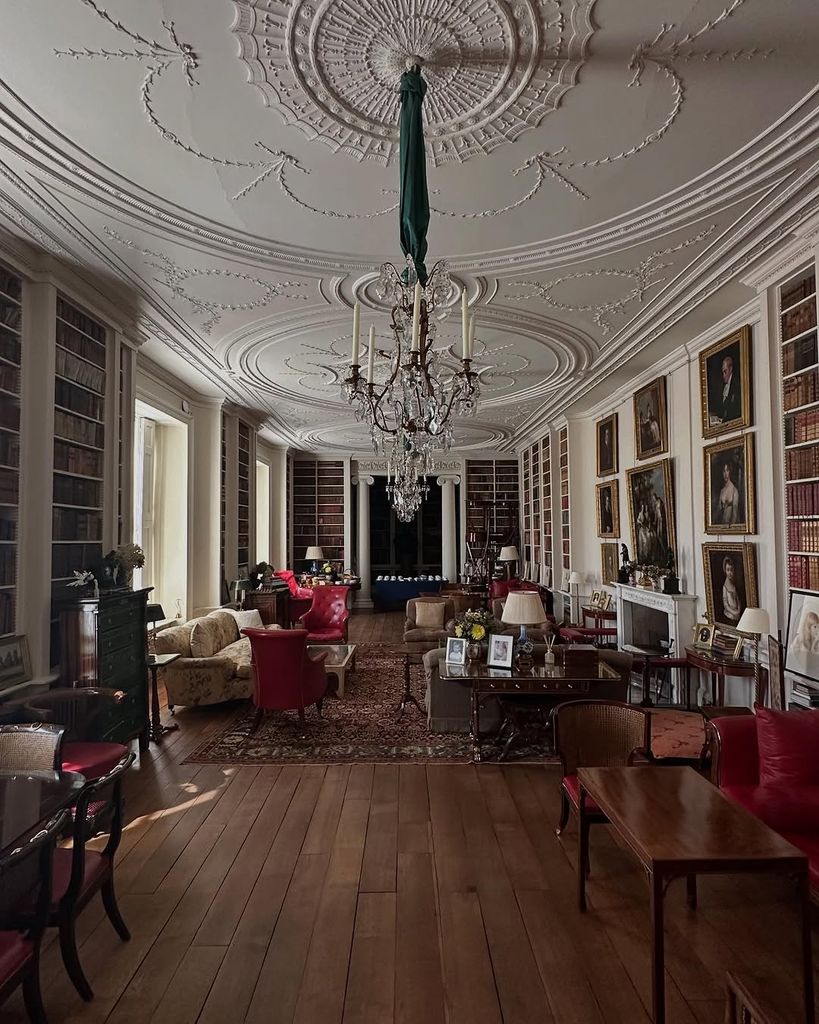
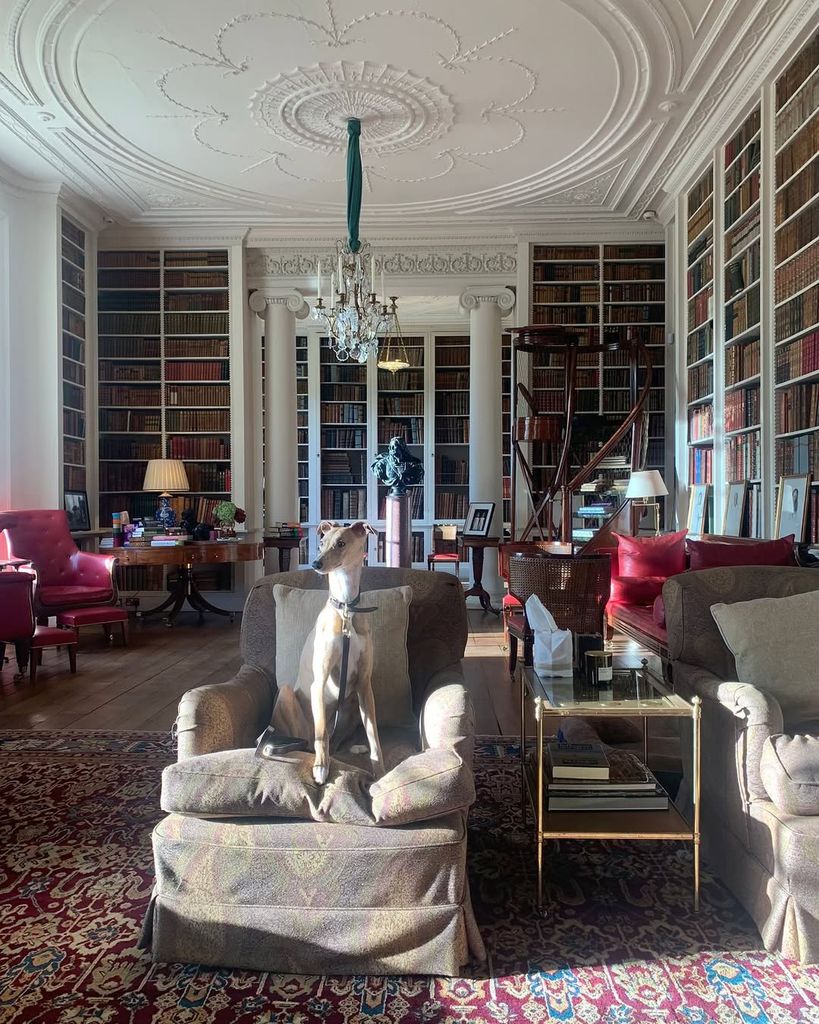

.jpg)



